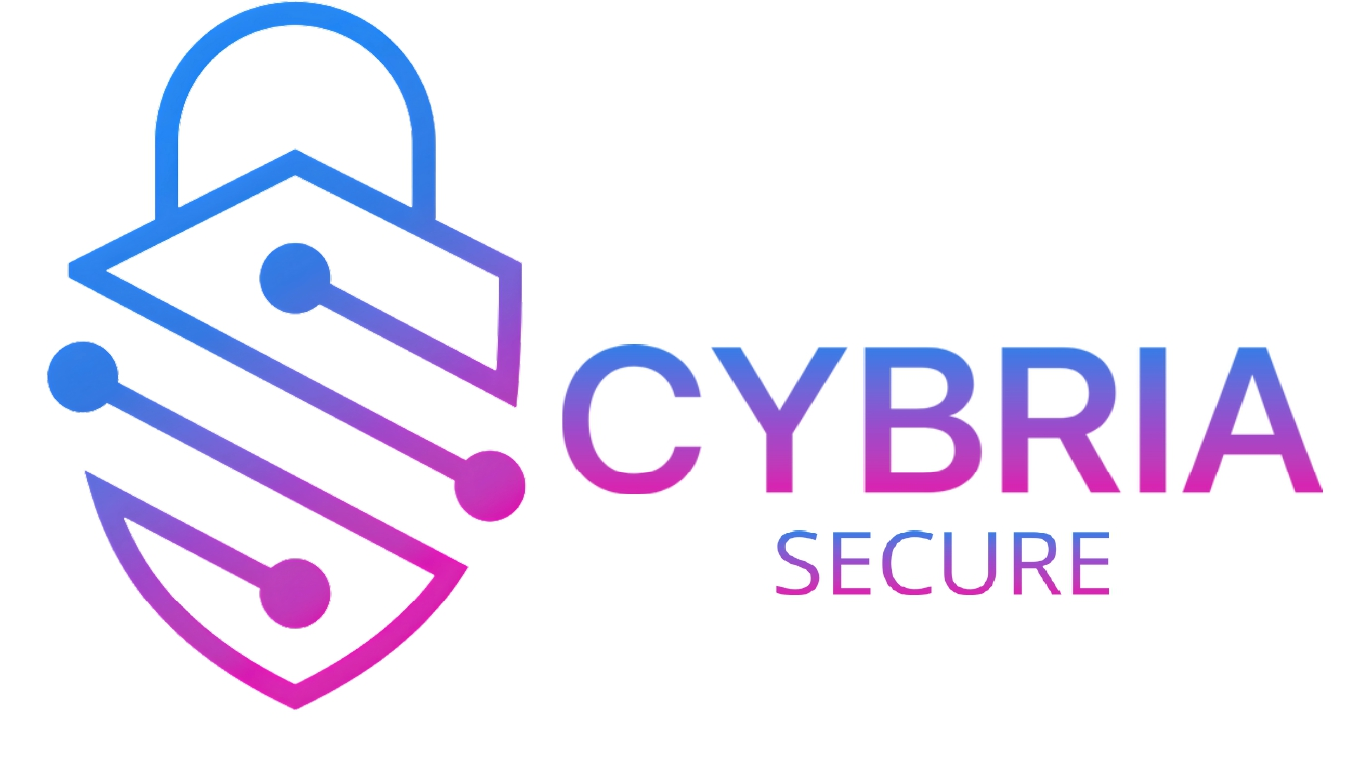


Vulnerability assessment is used to identify, quantify, and analyze security vulnerabilities in the IT infrastructure and applications
It involves using various tools, techniques, and methodologies to analyze potential weaknesses and security flaws that malicious actors could exploit.
1. Identifies Security Weaknesses
2. Prevents Data Breaches
3. Ensures Compliance
4. Improves Overall Security Posture
Penetration testing, often called "pen testing," is like hiring an ethical hacker to try and break into your computer systems, networks, or applications. The goal is to find and fix security holes before real hackers can exploit them.
Think of it as a proactive way to check your defenses, ensuring your sensitive data and systems are safe from potential cyber attacks. It’s a crucial step in strengthening your overall cybersecurity.
1. Uncover Security Weaknesses
2. Protect Sensitive Data
3. Ensure Regulatory Compliance
4. Strengthen Incident Response
Vulnerabilities in web applications are one of the most significant threats to critical business system environments because application’s logic and design and are not readily identified by automated scanning software programs. We enable you to identify and prioritize the highest severity risksaffecting your web application and its supporting infrastructure
1. Real-World Attack Simulation
2. Management Understanding
3. Regulatory Requirements
4. Information Security Strategy
5. Confirm Findings
Mobile Application Security Testing is a process that involves evaluating the security of mobile applications to identify and address vulnerabilities that could be exploited by attackers. This testing ensures that the mobile app is secure from potential threats and adheres to security best practices
Our network, data and applications has paramount risk from malwares, vulnerability exposure, data leakage and intrusions. Hence we recommend for Security Check-up. This Security Check-up helps to discover and identify these risks in our network environment.
1. Protection Against Attackers
2. Early Detection
3. Regulatory Compliance
4. Informed Security Strategy
A secure code review is a specialized process that involves manually and/or automatically reviewing an application's source code to uncover hidden vulnerabilities, design flaws, detect insecure coding practices, backdoors, injection flaws, cross site scripting bugs, weak cryptography, etc
Cloud Security Assessment is a comprehensive evaluation of your cloud environment to identify and address security risks. It involves analyzing your cloud infrastructure, applications, and data to ensure they are protected against potential threats and comply with security best practices.
IoT Security refers to the practices and technologies used to protect Internet of Things (IoT) devices, networks, and data from cyber threats and unauthorized access. As IoT devices become more prevalent, ensuring their security is crucial to protect against vulnerabilities that could be exploited by attackers.
VMDR (Vulnerability Management, Detection, and Response) is an integrated approach to identifying, managing, detecting, and responding to security vulnerabilities across your IT environment.
Threat Modeling is a structured approach to identifying, assessing, and prioritizing potential threats and vulnerabilities in a system or application. The goal is to understand the security risks and design effective countermeasures to protect against those threats
Configuration Review/System Administration involves the process of evaluating and managing the settings and configurations of systems and applications to ensure they are secure, efficient, and aligned with best practices. This process includes reviewing system configurations, applying updates, and maintaining optimal performance while securing the environment against potential threats.
Wireless Security refers to the measures and protocols implemented to protect wireless networks and the data transmitted over them from unauthorized access, attacks, and other security threats. It encompasses various practices and technologies to ensure the confidentiality, integrity, and availability of wireless communications
Cybriasecure All Right Reserved Design By WOLFOX